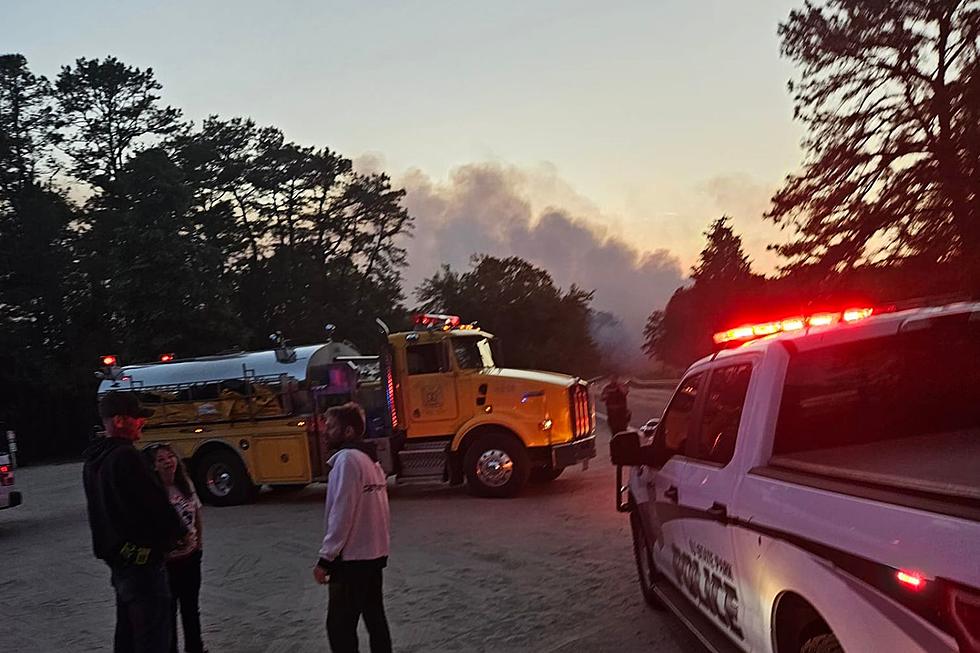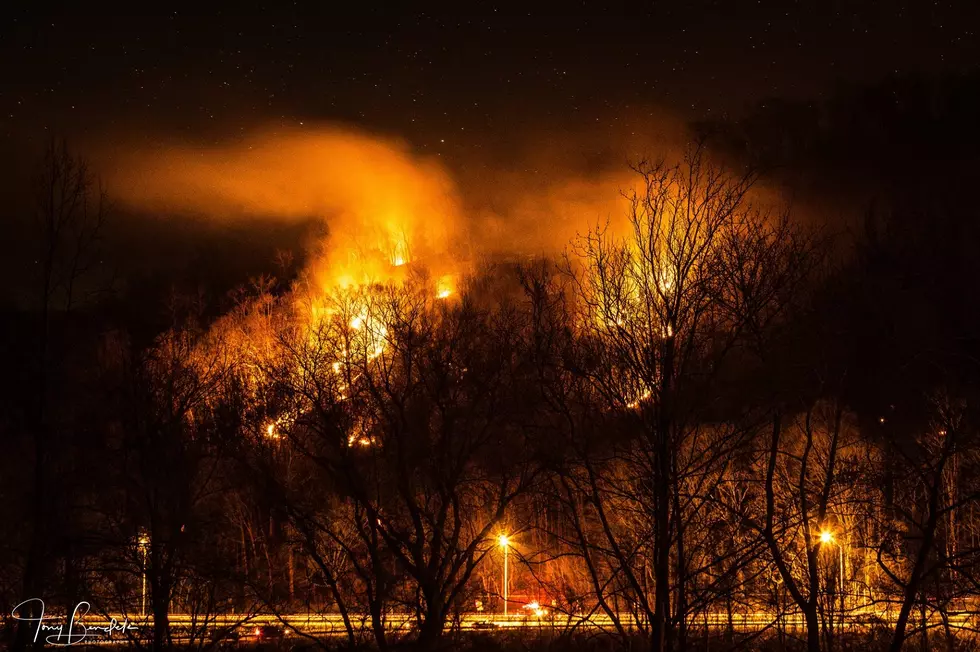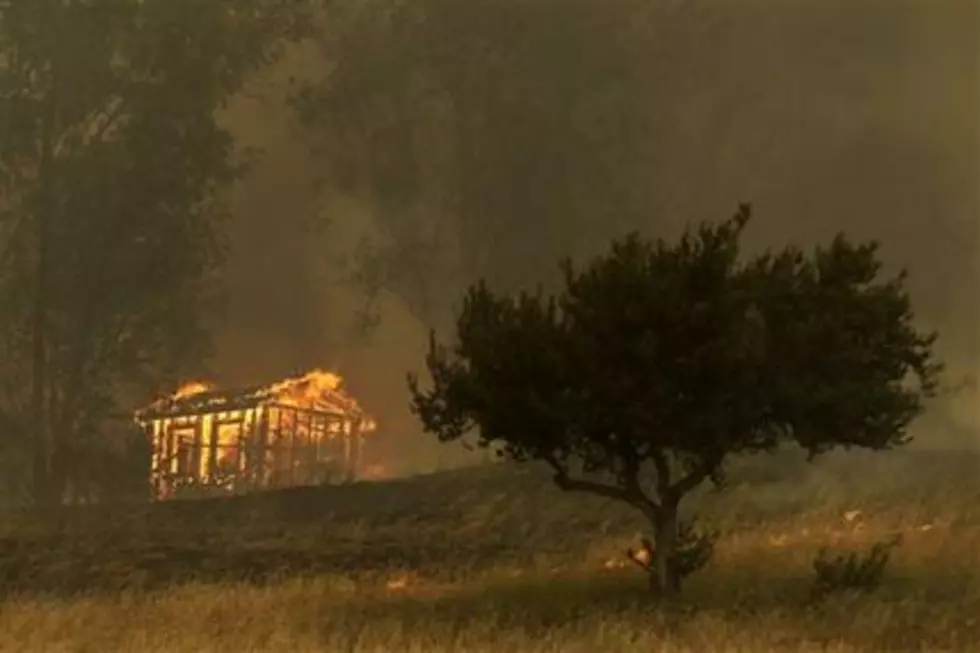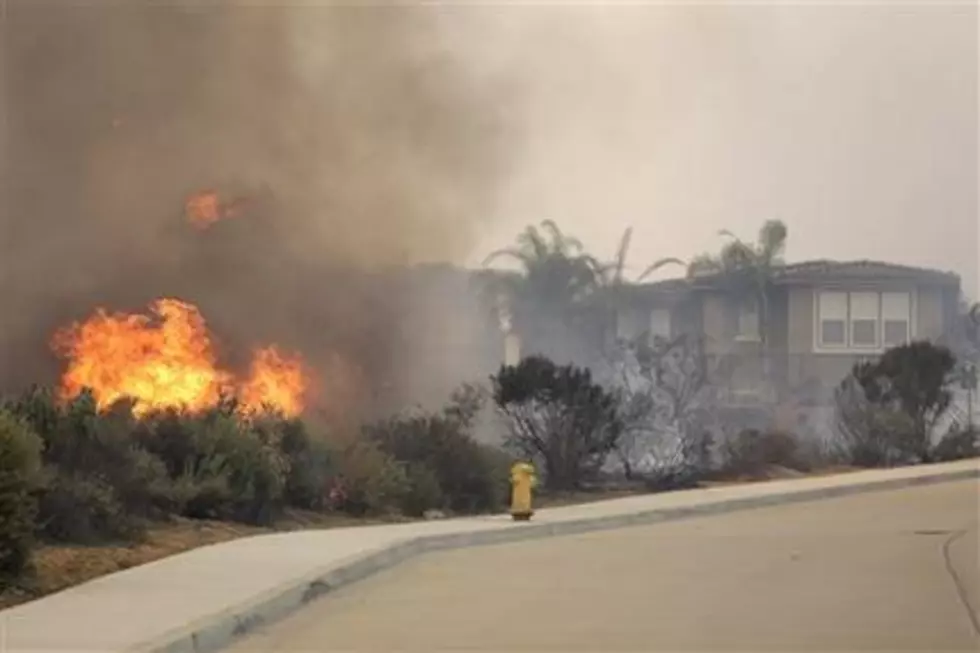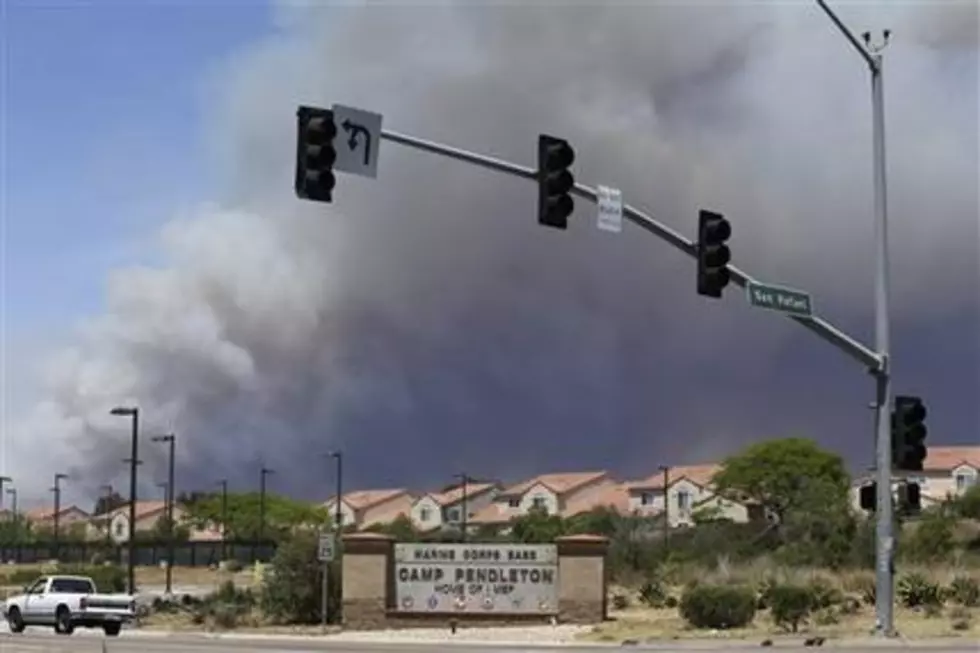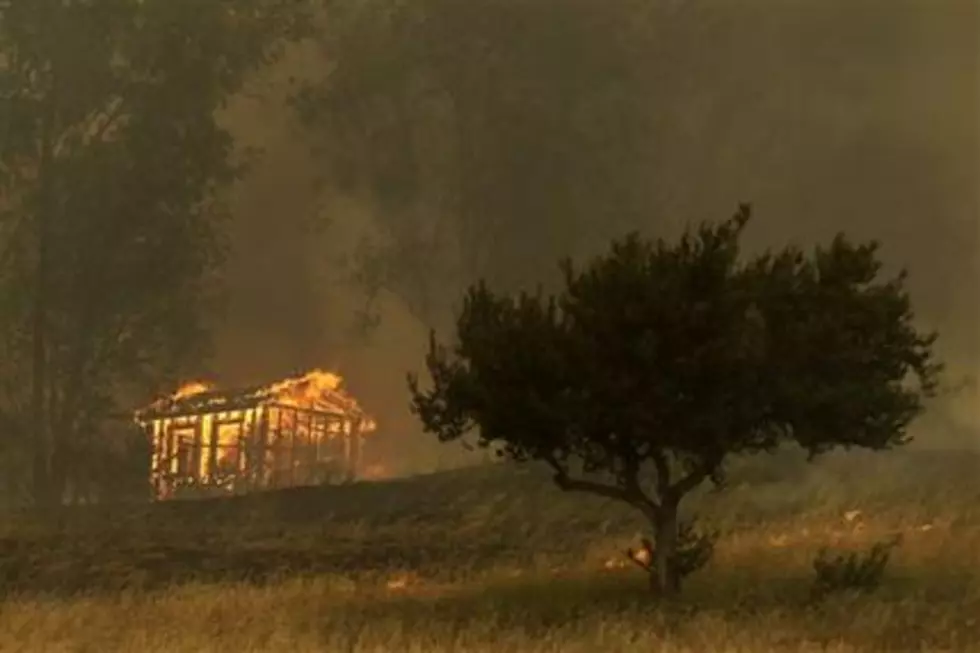
Alaska Wildfire Keeps Growing After Evacuations
Officials said that possible rain forecast this week in Alaska could help crews gain control over a massive wind-whipped wildfire that forced dozens of people to flee to shelters and move some of their animals to safety at rodeo grounds.
The Funny River Fire in the state's Kenai Peninsula covered nearly 248 square miles as of Monday morning and was 30 percent contained, according to the Alaska Interagency Interagency Management Team.
No injuries or structure damage has been reported, officials said.
Authorities on Sunday ordered the evacuation of 1,000 homes and other structures in the sparsely populated area 60 miles south of Anchorage - Alaska's largest city, where haze from the fire has lingered for days.
The human-caused fire was sparked May 19 in the 1.9 million-acre Kenai National Wildlife Refuge.
The weather forecast for the area calls for possible rain beginning Tuesday, said Willie Begay, a spokesman with the management team responding to the fire.
Two Red Cross shelters have been set up. Many of the displaced residents are staying with friends and relatives, and others are staying in campers in the parking lot of an elementary school where one of the shelters was opened.
"People are actually taking pretty good care of themselves," Red Cross spokeswoman Beth Bennett said.
Hooligans Sport-Fishing Lodge in Soldotna offered free shelter to displaced residents and their pets. Hotel clerk Demri Healy said about 100 people were staying there Monday. Healy said people were horrified at the thought that their properties could soon be gone, but they were also "unbelievably astounded" at the generous response by locals, who are donating food, ice and bedding.
Laura Gabree and her extended family are among those juggling gratefulness for the community's response with the emotional limbo of not knowing if they would have homes to return to.
When Gabree's family fled their property three miles from the fire's edge, embers were falling on vehicles laden with photos, medications, files and clothing. The home her family built from the ground up seven years ago is not insured, and even though fire managers say no structures have been destroyed, rumors flying around the area say otherwise, she said.
"My ultimate nightmare is that that there's all these people, and we're homeless," she in a phone interview. "I'm just hoping and praying that my house is saved and that my neighbors' houses are saved."
At least 40 other displaced residents set up camp at the Soldotna Sports Center, staying in campers and RVs, said Brad Nelson with the Kenai Peninsula Central borough emergency services.
Nelson said displaced residents were keeping their horses, chickens, pigs and dogs at the nearby rodeo grounds.
The total number of people who fled their homes isn't clear, Begay said. The area, like many sections of the state prone to summer fires, is unlike more populated places threatened in the lower 48.
The fire is affecting an area where structures are scattered rather than lined up closely as in urban neighborhoods. The size of the blaze is not unusual for Alaska but the state does not usually see such large fires this early in the season.
The wildfire is the most active of several large wildfires burning in the vast state. Firefighters have been flown in from Oregon, Montana and Canada to help Alaska crews.
Wildfires in Alaska's remote areas are not unusual during the summer months, with an average of a million acres burned each fire season, according to fire managers.
The state is experiencing unusually dry conditions because of unseasonably warm spring temperatures.
The Kenai National Wildlife Refuge was established in 1941 as the Kenai National Moose Range and was aimed at moose protection. Wildlife viewing, fishing, camping and hiking attract visitors from around the world.
More From New Jersey 101.5 FM

